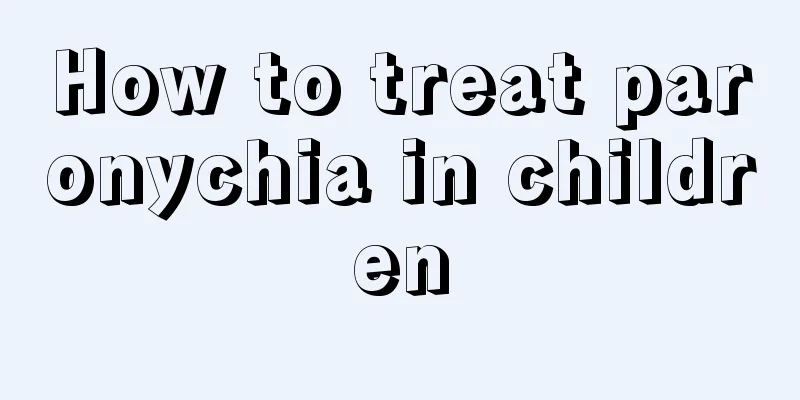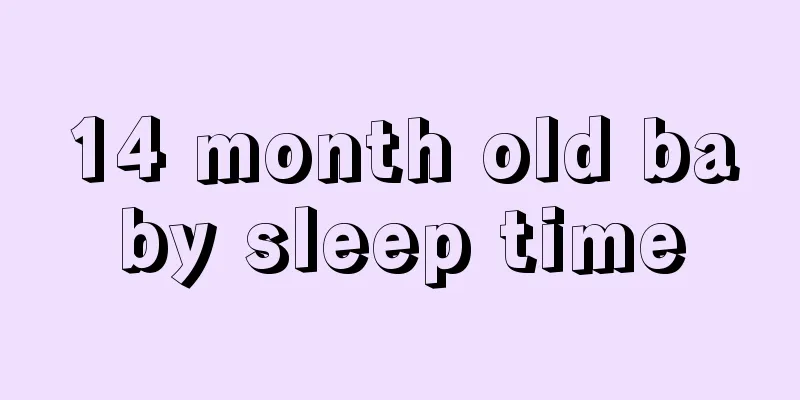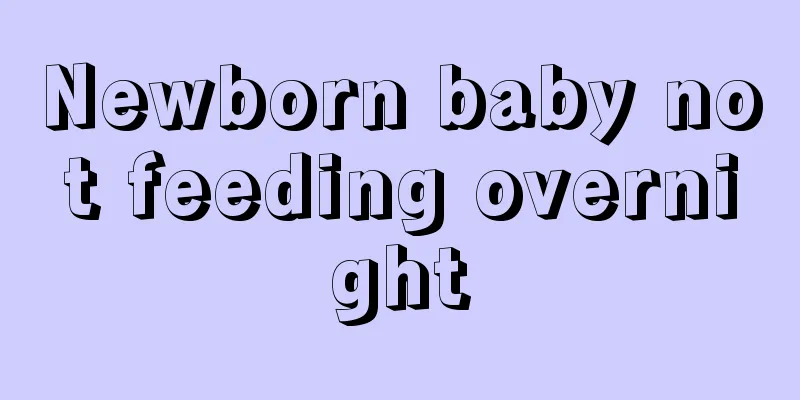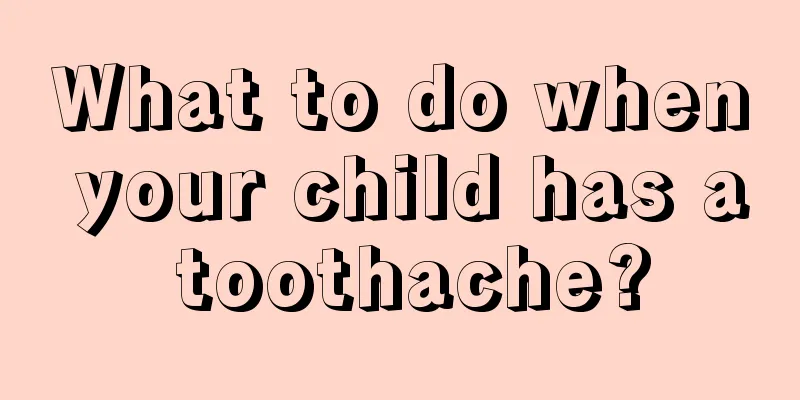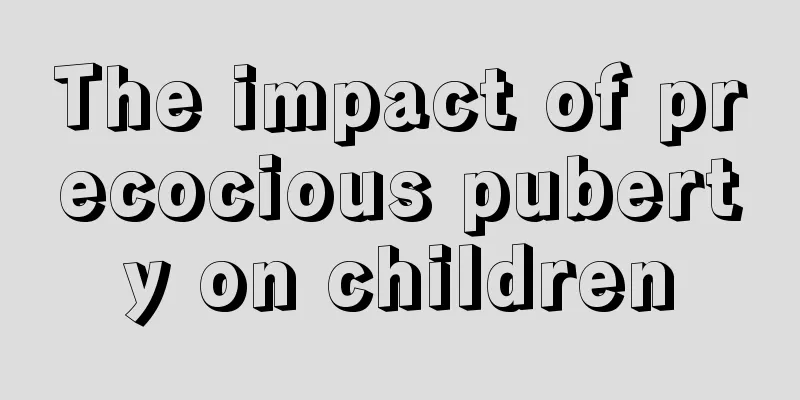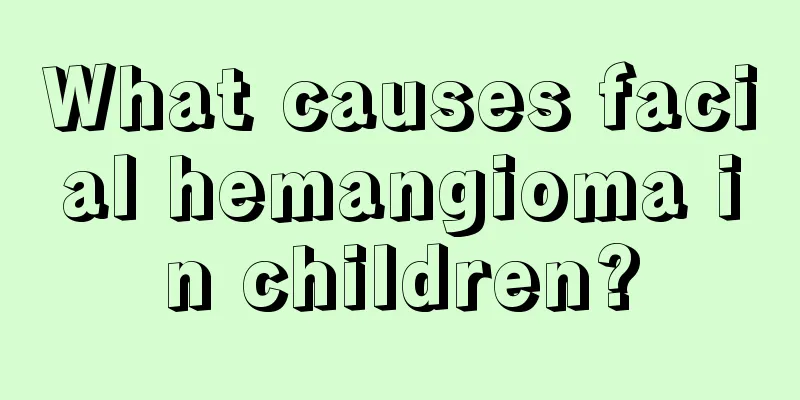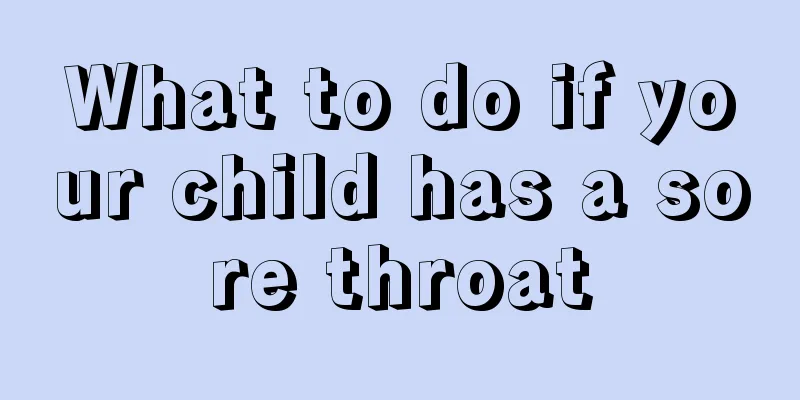What are the symptoms of eczema in children
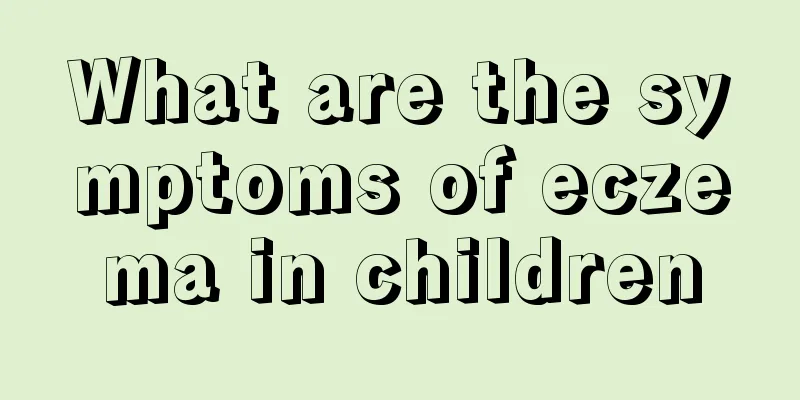
|
Because children's bodies are still in a developmental state, their immune systems are not yet fully developed. Parents should pay more attention to their children's health problems. Childhood eczema is a common skin disease in life. The main symptom is that some small red particles will grow on the child's skin. For common diseases, the most important thing is that parents know how to deal with them. For children, the symptoms of pediatric eczema are painful because it can cause itching on the skin, so children will scratch with their hands, which may cause the affected area to be scratched and infected again. 1. The natural course of infantile eczema Eczema is a common skin disease in infancy. Babies may develop eczema when they are 2 to 3 months old, gradually improve after 1 year old, and most of them can heal themselves after 2 years old, but a few may extend to infancy or childhood. Children with infant eczema are prone to develop other allergic diseases in the future, such as asthma, allergic rhinitis, allergic conjunctivitis, etc. 2. Baby eczema rash Most rashes occur on the cheeks, forehead, between the eyebrows and head. In severe cases, rashes may also appear on the chest, back and limbs. The initial rash is erythema, and later it becomes a rash with small dot-like protrusions or a blister-like rash (medically called papules or herpes), which is very itchy. The herpes can break and ooze fluid, which forms a scab when the fluid dries. Eczema is often distributed symmetrically. 3. Types of baby eczema (1) Dry type eczema manifests as red papules, which may cause skin redness and swelling, and the papules may have bran-like desquamation and dry crusts, which are very itchy. (2) Seborrheic eczema is characterized by redness of the skin and small maculopapular rashes that ooze out a yellowish sebaceous fluid that covers the rash and later forms thick yellow scabs that are difficult to remove. It is more common on the top of the head, between the eyebrows, beside the nose, and behind the ears, but the itching sensation is not very obvious. (3) The exudative type is more common in obese infants. There are blisters and erythema between the red rashes. The skin tissue may swell and be very itchy. After scratching, yellow serous fluid may ooze out or bleed. The rash can spread to the trunk, limbs and the whole body, and is prone to secondary skin infection. The above is an introduction to the symptoms of childhood eczema. I believe that after reading it, you will have a clearer understanding of the symptoms of childhood eczema. As parents, we should pay more attention to our children's physical condition. Because children are still young, they don't know whether they are sick or not, so parents need to pay more attention to them. It is also good to learn more knowledge in this area. |
<<: Reasons why babies roll their eyes
Recommend
Four-year-old girl has secretions in her underwear
There is secretion in the underwear of a four-yea...
What to do if a 10-year-old child has a fever
Children's fever is actually a very common pr...
Is massage useful for children's cough?
Autumn and winter are the peak seasons for childr...
How to solve small pimples on children's body
Small pimples on children's bodies are a rela...
How many days will a child's mycoplasma fever last?
It is said that mycoplasma is the simplest prokar...
How to treat hunchback in children?
Nowadays, there are more and more cases of childr...
Can I supplement calcium when my baby is coughing?
It is quite common for babies to have colds and c...
How to calculate the amount of milk powder for babies
As the baby continues to develop, it is necessary...
My two-year-old baby doesn't talk. What's going on?
When we just got married, we especially looked fo...
Children who eat too much meat are prone to spleen yin deficiency
Traditional Chinese medicine believes that the sp...
What is the cause of red bloodshot eyes in newborns?
Red blood streaks are a common eye disease in lif...
What to do if a child is bitten by a mosquito and becomes red and swollen
Young children have delicate skin and are most li...
What should you pay attention to when your child changes teeth at the age of seven?
A person must experience the change of teeth in h...
Why does my child have pain on the right side of his stomach?
Children and the elderly have weaker gastrointest...
What are the treatments for neonatal rickets?
Neonatal rickets is mostly caused by a lack of vi...
